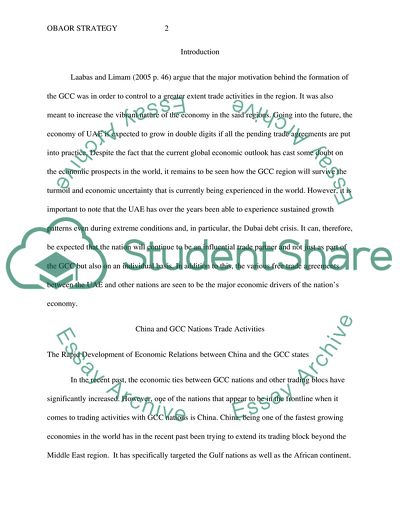Cite this document
(“The Influence of OBAOR Strategy in the GCC Countries Thesis Proposal”, n.d.)
The Influence of OBAOR Strategy in the GCC Countries Thesis Proposal. Retrieved from https://studentshare.org/social-science/1692972-the-influence-of-obaor-strategy-in-the-gcc-countries
The Influence of OBAOR Strategy in the GCC Countries Thesis Proposal. Retrieved from https://studentshare.org/social-science/1692972-the-influence-of-obaor-strategy-in-the-gcc-countries
(The Influence of OBAOR Strategy in the GCC Countries Thesis Proposal)
The Influence of OBAOR Strategy in the GCC Countries Thesis Proposal. https://studentshare.org/social-science/1692972-the-influence-of-obaor-strategy-in-the-gcc-countries.
The Influence of OBAOR Strategy in the GCC Countries Thesis Proposal. https://studentshare.org/social-science/1692972-the-influence-of-obaor-strategy-in-the-gcc-countries.
“The Influence of OBAOR Strategy in the GCC Countries Thesis Proposal”, n.d. https://studentshare.org/social-science/1692972-the-influence-of-obaor-strategy-in-the-gcc-countries.


